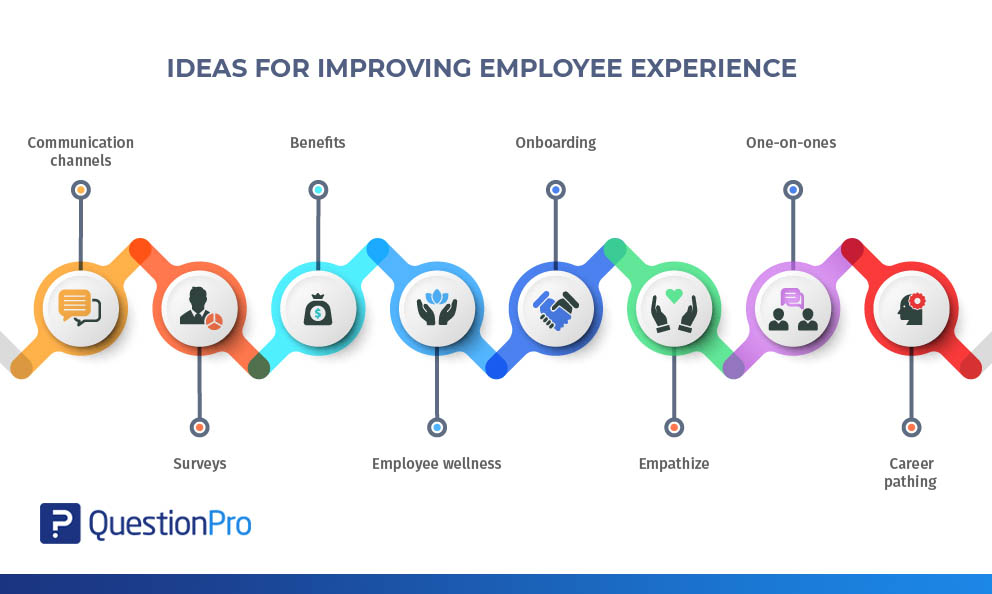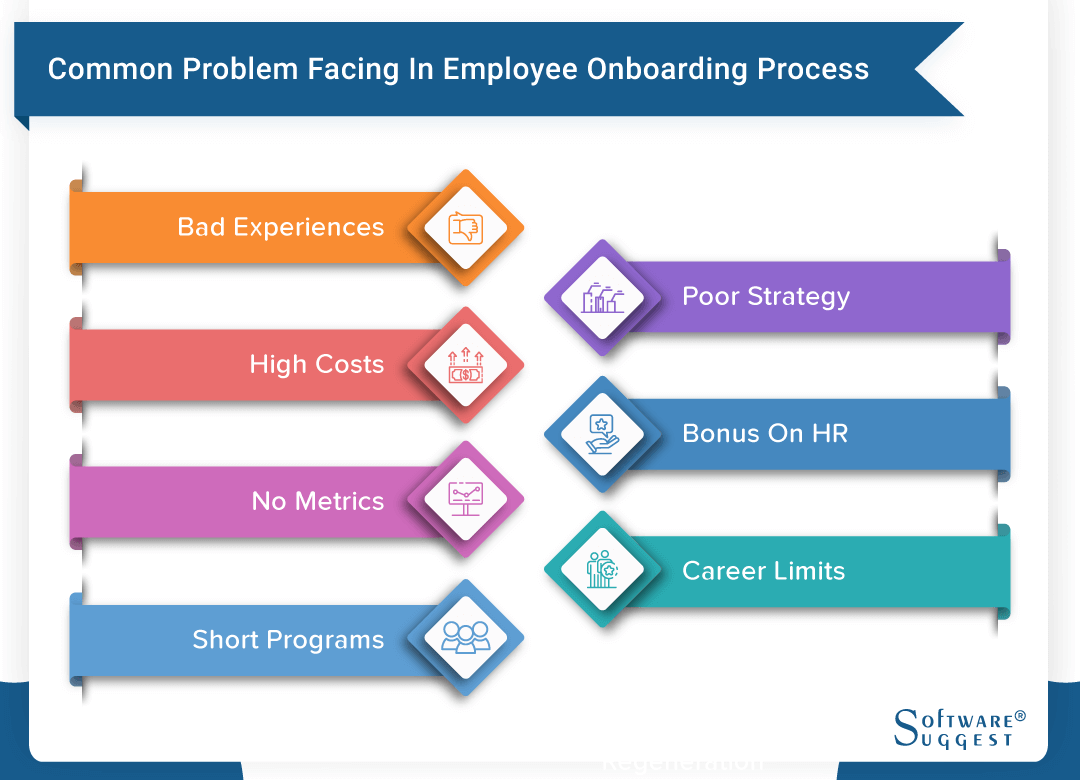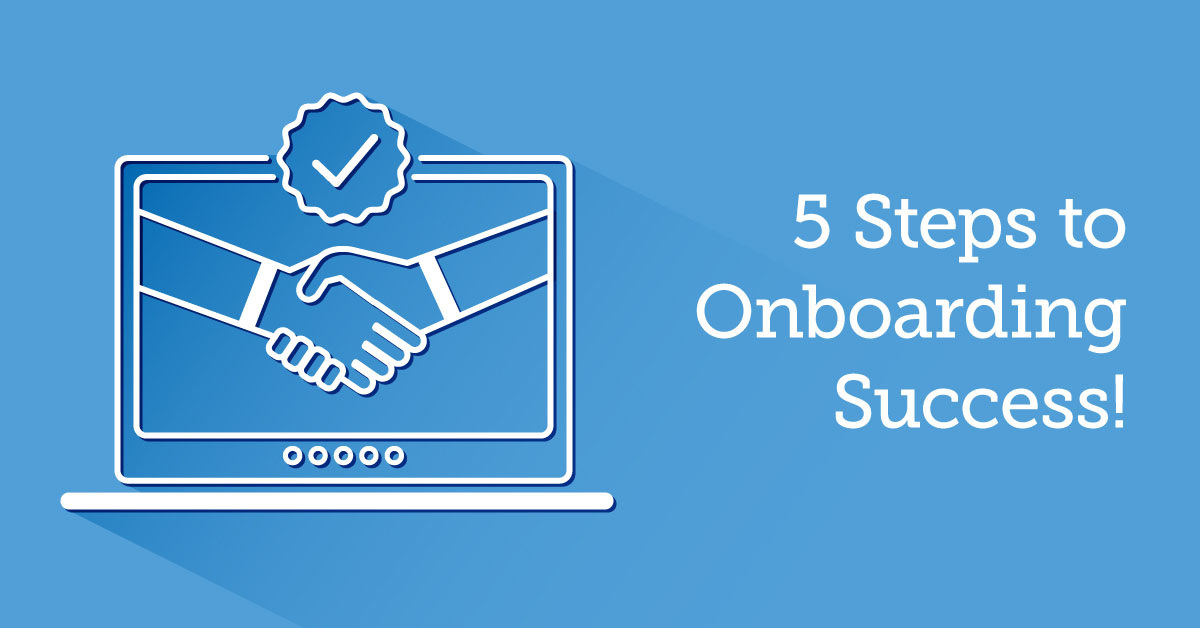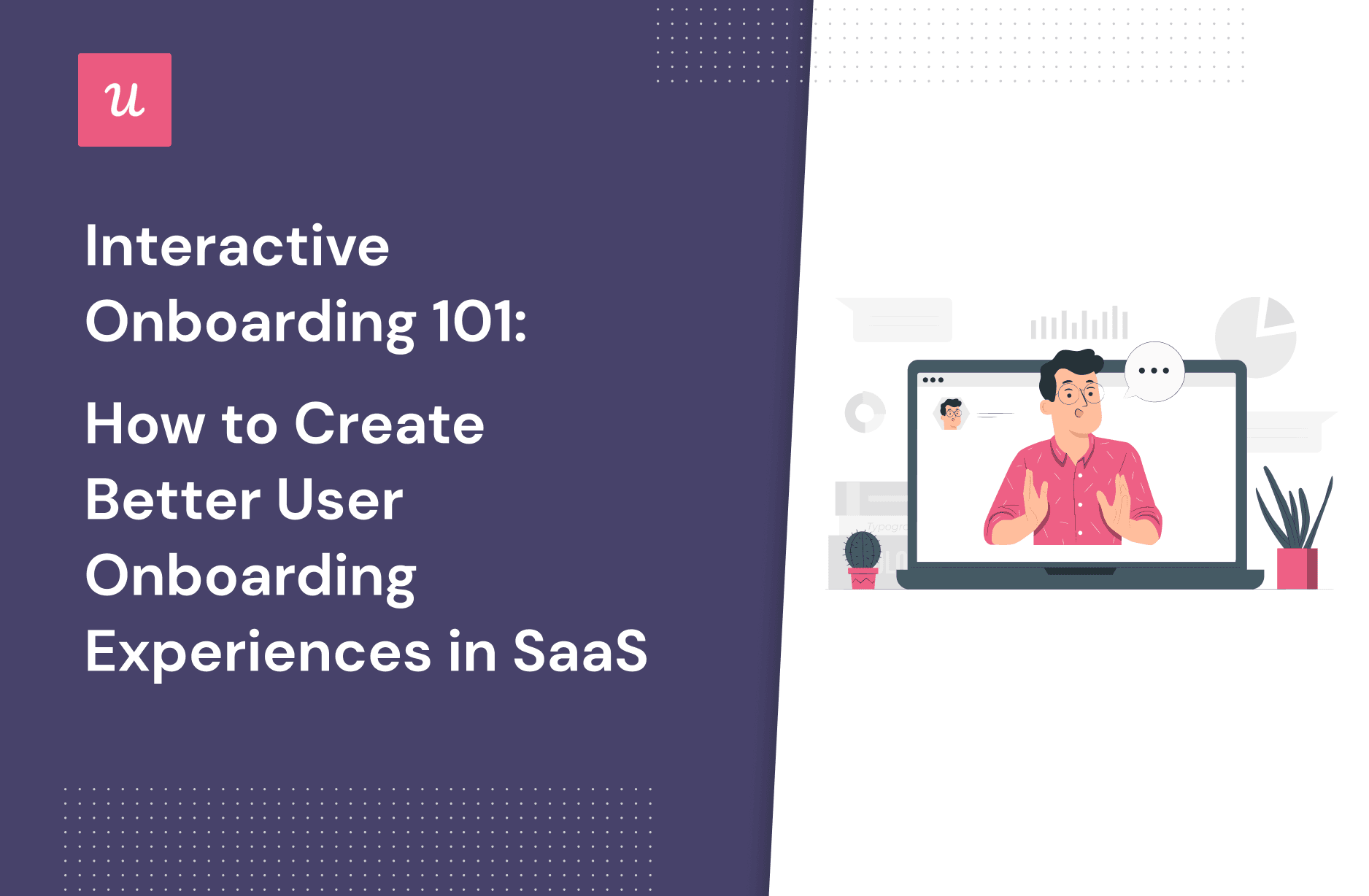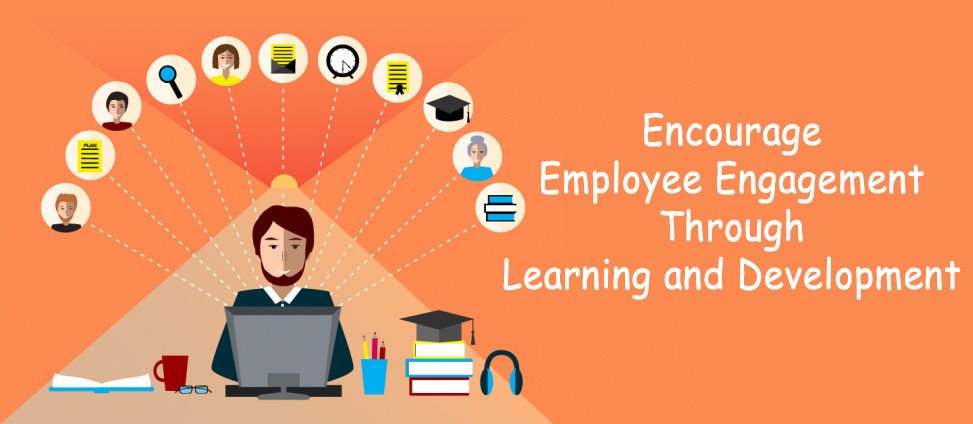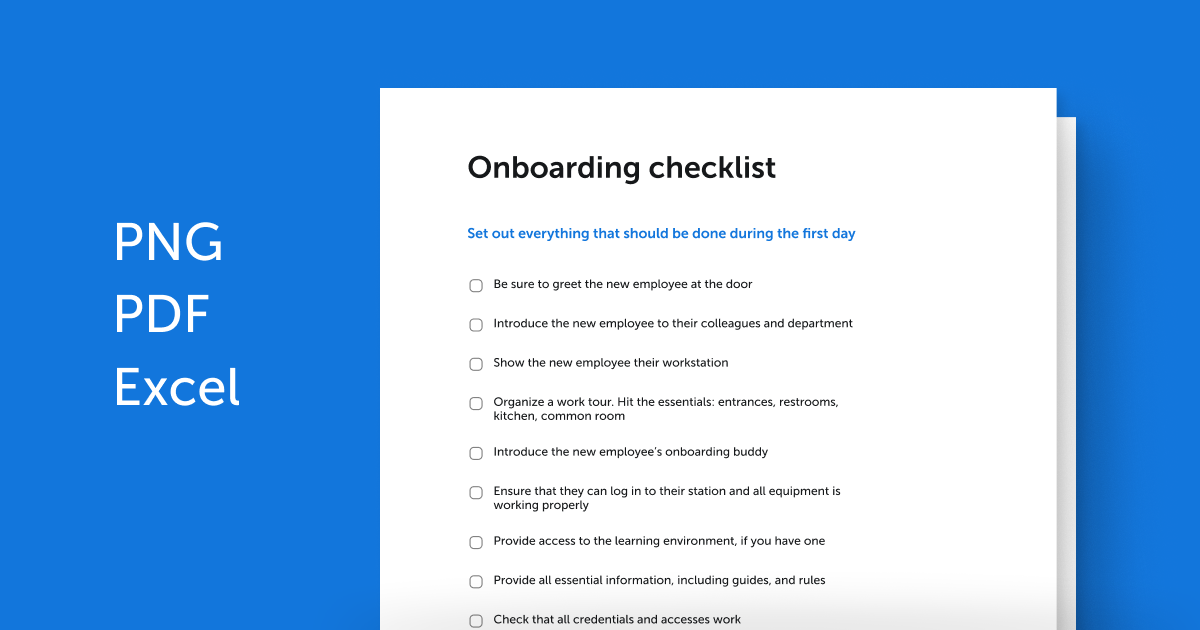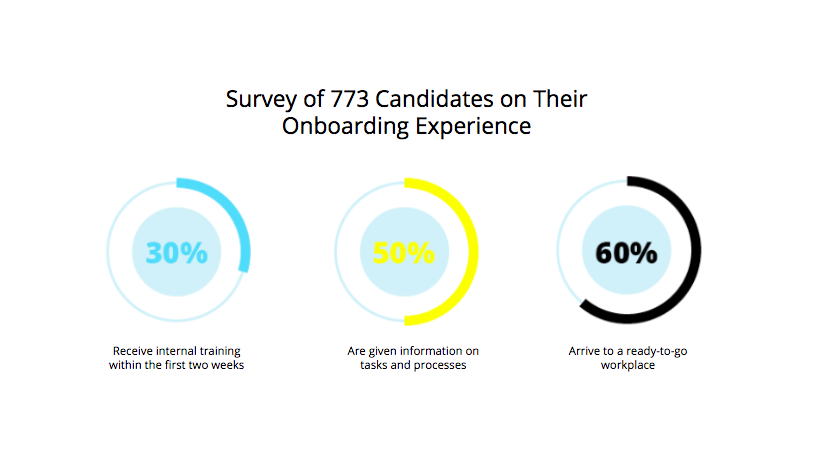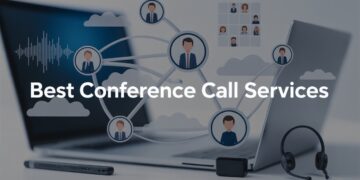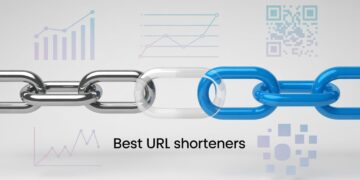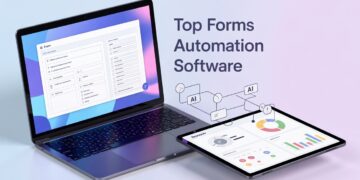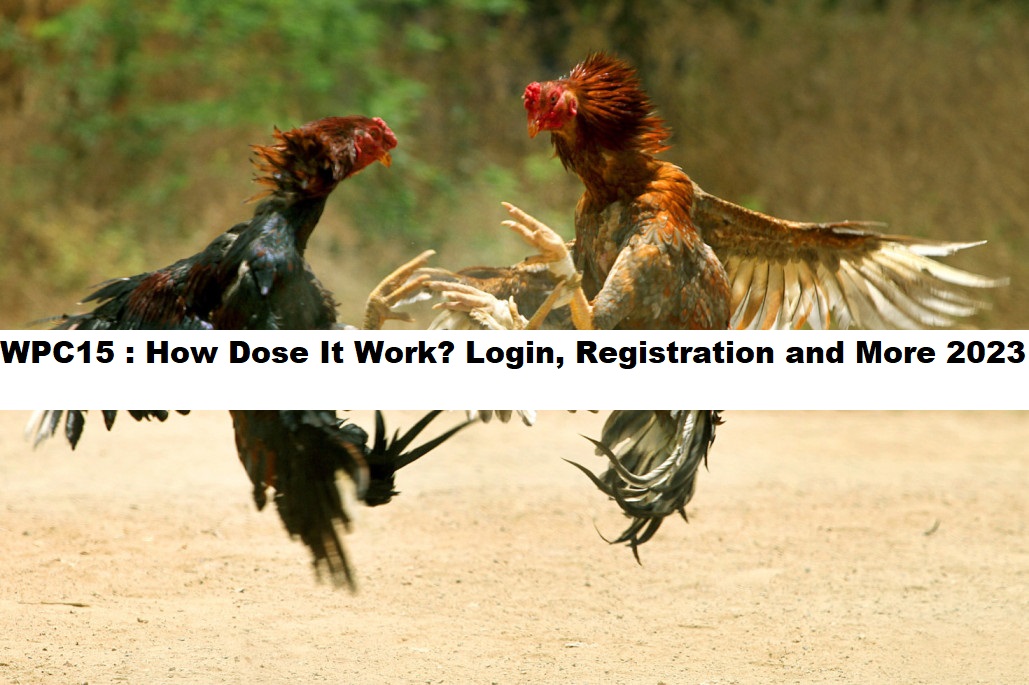Improve your Employee Onboarding Experience:
Want to give your new hires a better experience? Check out our manual for improving the onboarding of new employees:
To ensure that your new hires are welcomed into your organization and team members more quickly, it’s crucial to get your onboarding process right.
According to one study, employees are 69% more likely to stay with a company. Good onboarding also helps to boost staff retention. It is crucial to get this time right, as the additional study indicates that up to 20% of employee turnover occurs during the first 45 days of a person’s employment.
The Problem with the Employee Onboarding Process:
A strong employee onboarding program is essential to establish a positive and fruitful working relationship with a new hire. It also gives them their initial impression of your business practices. In the first several weeks, they evaluate you just as you consider them.
But creating a lasting first impression is a challenge for most companies. Many employees are left alone in a room with a mountain of papers to complete and no idea what to do next. This has a detrimental effect on employee retention and your bottom line, as you’ll see in the following section.
Improving the employee onboarding process:
You get much more than you give when you invest time and money in creating a thoughtful, superior employee onboarding procedure. The results are apparent: contented workers who are motivated and productive in their new positions.
You can make it easier for new team members to adapt to the corporate culture by concentrating on making a few critical changes to your present onboarding procedure. Learn how to streamline the new hiring process at your company and enhance the onboarding experience for your employees.
Make onboarding interactive:
Modern technology not only makes new hire paperwork simpler but also makes the onboarding process much more engaging for new employees. Employees are frequently more likely to understand and retain interesting training materials, including graphics, quizzes, videos, and webinars.
To give employees an engaging, facilitated learning experience, you may, for instance, offer them digital, gamified training videos.
The provision of an active company directory that goes beyond the conventional, static org charts of the past can also be accomplished using employee onboarding software. With the help of modern digital onboarding systems, new hires may build detailed personal employee profiles.
Employee profiles, for instance, can include information like names, titles, photographs, skill sets, departments, contact details, locations, and areas of expertise, in addition to information about their former jobs, educational histories, hobbies, and interesting facts. New hires may communicate with coworkers, get to know everyone in the company, and put faces to their names thanks to this engaging experience. It also offers the chance to examine the organization’s general structure using the live org chart. In contrast to wasting time looking for the correct person within the organization who can assist them and figuring out how to contact that person, this allows employees to find answers to their issues.
Prioritize the employee experience:
It’s critical to comprehend and enhance the employee experience if you want top talent to stay on board with your company.
Traditionally, HR has tackled problems like employee engagement, culture, rewards, and learning and career development as separate, independent initiatives in different silos, as consulting firm Deloitte explained in its 2017 Human Capital Trends report. The employee has a unique perspective on the image. Employees view everything at work as an integrated experience that affects everyday life both within and outside the workplace, including general physical, emotional, professional, and financial well-being, starting as recruits and potential hires. Employees are beginning to demand from their employers a comprehensive, end-to-end experience from recruitment to retirement due to this integrated vision.
Focusing on the employee experience has measurable benefits: Companies that invest in the employee experience are four times more lucrative than those who don’t, according to a 2017 Jacob Morgan review of 250 organizations.
The recruitment process, the first interaction a person has with your company, naturally marks the beginning of the employee experience. A disorganized onboarding process could negate the advantages of a fantastic hiring experience and potentially force the employee to leave your company before they can profit from all the hard work you’ve put into areas like performance management and compensation. According to a 2012 study in the Academy of Management Journal, a worker’s first 90 days of employment are crucial for developing a connection with the brand, senior leaders, and coworkers. The researchers discovered that new hires frequently had more positive attitudes concerning their jobs and were more productive when levels of support from the organization were high.
Consider onboarding and induction from the employee’s viewpoint by asking yourself how you felt when you first entered the company. What elements of the onboarding program helped and what didn’t? Before dumping the current procedure and starting over, consider polling recent new hires to find out what they think of it.
Encourage managers to engage with new hires:
Gaining the support of a new hire’s management can directly or negatively impact their prospects of success and long-term talent development. Crucial individuals in the onboarding experience. A study that tracked 409 college graduates for their first two years of employment found that the level of assistance their immediate supervisors impacted new hires’ perceptions of their roles, job happiness, and even their long-term pay. According to a different study, managers’ supporting or hindering behaviors might either help or slow the transition of newcomers. Effective onboarding programs must consider the hiring managers’ experience and the new hires’ success.
To help new hires understand important priorities and what to expect, ask managers to provide the department and team goals, meaningful performance measures, and their management style. Your new hires will be able to comprehend the goals and priorities of their new team and department immediately with a department-specific localized onboarding process.
Make it a social experience:
Making the onboarding process social is one of the most crucial things you can do to alter. According to recruits, one of the most challenging aspects of the onboarding process is getting to know their coworkers.
However, you may shorten the getting-to-know-you phase and give new hires a sense of belonging by finding ways to encourage them to interact with the team. Plan a lunch for your new hires on their first day so they can meet the manager they’ll report to and other team members.
During the first week. To aid recruits in forming friendships, assimilating, and feeling like team members, you should also make it a point to plan frequent team-building activities before and after work. (After all, studies consistently demonstrate a strong correlation between having best friends and the level of effort individuals put forth at work.)
Today’s employee onboarding solutions enable a social experience for new workers, whether onsite or remote. Teamwork and collaboration are fostered via your team’s intranet for employees, instant messaging applications, and customized employee profiles.
Solicit and learn from feedback:
An innovative strategy to enhance the employee onboarding process is to ask for feedback and modify the business’s procedures in light of your findings. You can acquire essential insights into how to enhance your onboarding procedure in the future by being open to new hires’ opinions.
You can send recruits anonymous surveys and ask them for comments on their onboarding experience.
What were the onboarding process’s advantages? What areas needed improvement the most? You may get valuable, practical insight into your organization’s onboarding procedure and make sure all new hires feel heard and participate by posing questions like these.
Create a pre-employment onboarding guide or communication campaign:
Getting new hires wholly connected with the firm is a highly effective technique to reduce “first-day” stress before they even start orientation. Technology support is needed in this situation.
A fantastic technique to help new hires adjust quickly is getting access to your internal employee website as soon as an offer is accepted. This should be the place where new hires go to learn all they need to know about working for your business, including:
- Standard operating procedures
- What technology the industry employs (such as performance tracking apps and communication tools)
- Your company’s principles
- Entertaining after-hours advice
- For tracking progress, you can also include quizzes that are stress-free.
Pre-start date learning and training are available through Succeeding@IBM, and new hires who take part in their pre-hire community are 80% less likely to quit within the first year. Warby Parker gives new hires an electronic welcome packet with the company history, core values, press releases, and information on what new employees can anticipate during their first day, week, and month. New Warby Parker employees receive a call from their immediate supervisor the night before they begin.
Giving new hires the knowledge they require before they begin is intended to make the onboarding process as seamless as possible and position them for success. New hires can get up to speed quickly once they finally start.
Create a communication onboarding process and workflow plan:
Create a communication strategy. This strategy should include key touch points and scheduled conversations, starting on the employee’s first day. Generally, two weeks, 30 days, 45 days, and 60 days into their employment is a suitable cadence.
The analytics team at Google has taken the lead in identifying the elements that have the most significant favorable influence on the productivity of new hires. Managing people operations (or human resources) is a science. They continuously experiment to discover new methods to maximize their employees’ performance and pleasure. It should be no surprise that Google uses data to evaluate employee performance and boost productivity, given that practically everything the company does is data-driven.
One of the most critical success factors in onboarding is getting new staff up. Google found that a simple reminder alert’ email to the hiring manager can reduce the new hire’s time to productivity by a whole month – a whopping 25% decrease – according to Laszlo Bock, Google’s former SVP of People. The email urges the hiring manager to prepare for, welcome, and make time for their new hire and gives a concise list. Simple but very powerful.
After being hired, Nooglers go through a two-week orientation and training program in person (however, owing to the epidemic, some sessions may currently be conducted by video conference). This program covers the organizational structure, foundational technology, and best practices. In addition, top staff members give in-person lectures on Google procedures and culture (when they can), discussing their experience and offering team insights. A stronger rapport and shared language and ideals emerge as a result.
Conclusion about onboarding Experience:
In the past, recruits have been considered passive participants in one- or two-day orientations, which have been viewed as a singular event rather than a process. They are informed of the regulations and procedures, asked to sign a tonne of paperwork, and given a tour if they are on site. However, today’s talent economy needs forward-thinking businesses to evaluate how they integrate new hires into their workplace culture and bring them up to speed, frequently online, so they can begin contributing as soon as feasible.
The moment has come for executives, hiring managers, and HR professionals to recognize the enormous impact contemporary onboarding strategies can have on new employee productivity and retention as hiring heats up and attrition rates sharply rise. Traditional objective of getting employees signed up and familiar with the essentials and instead focusing on making new hires happy and giving them the resources and assistance they require to become productive as soon (and as long as possible).

